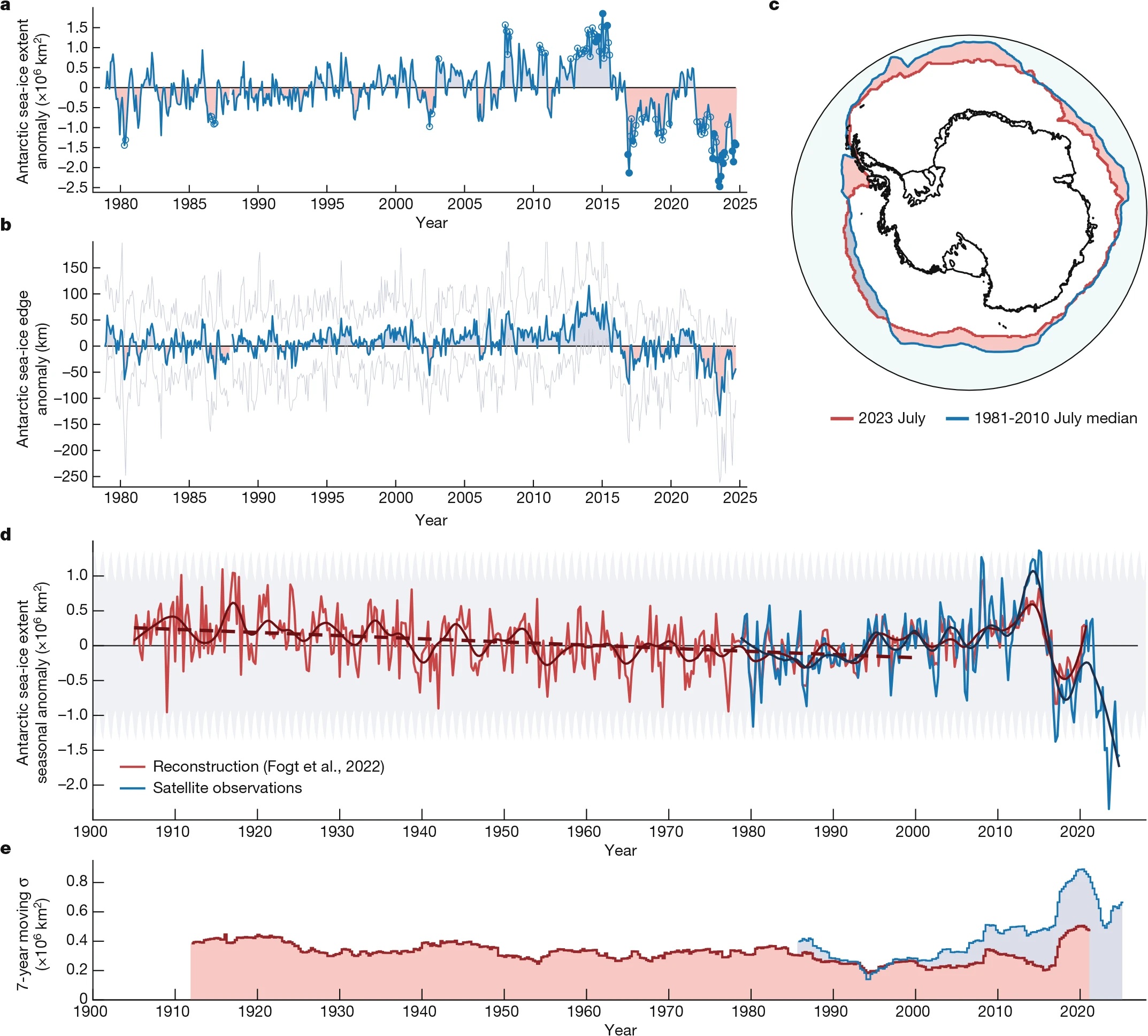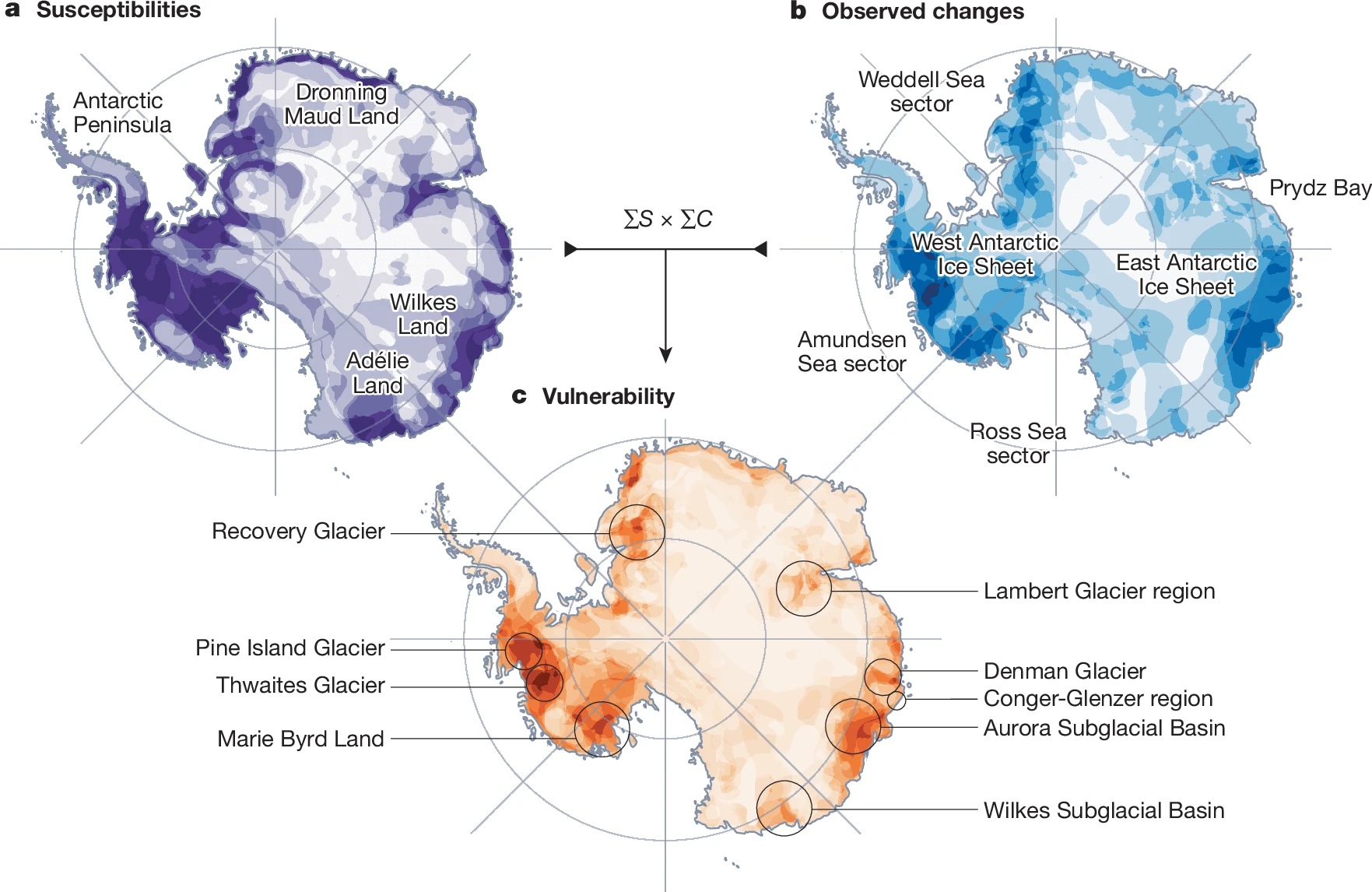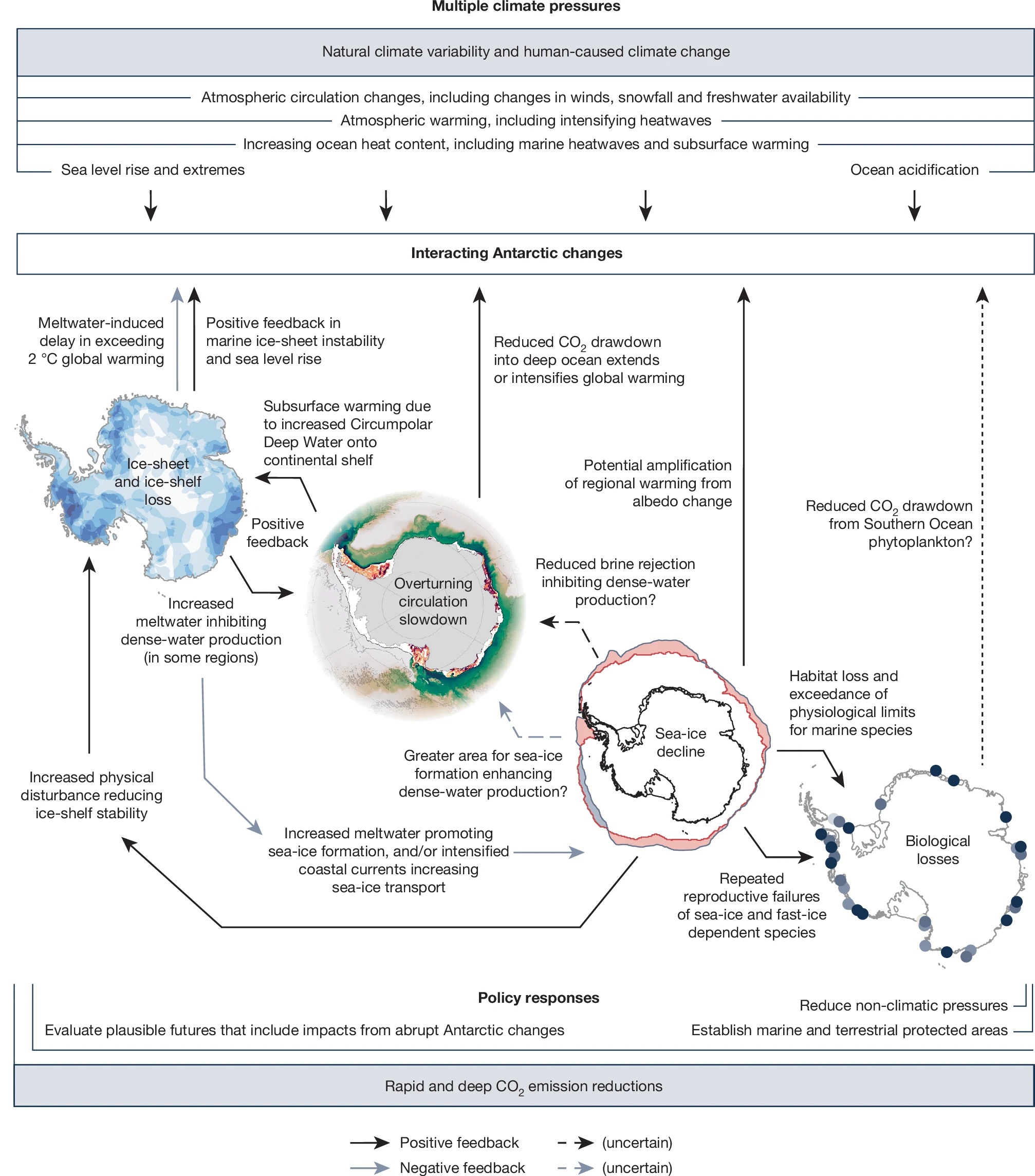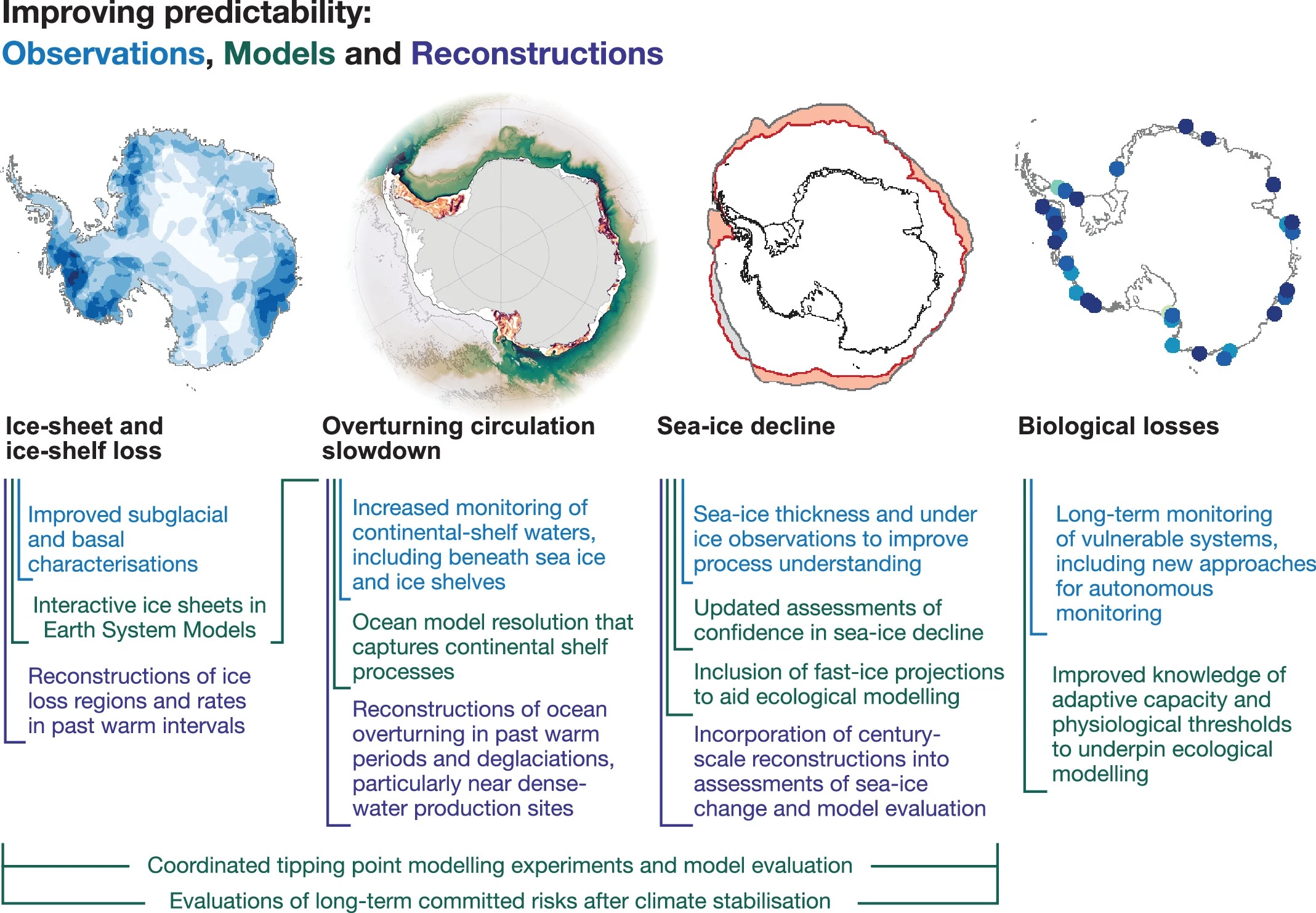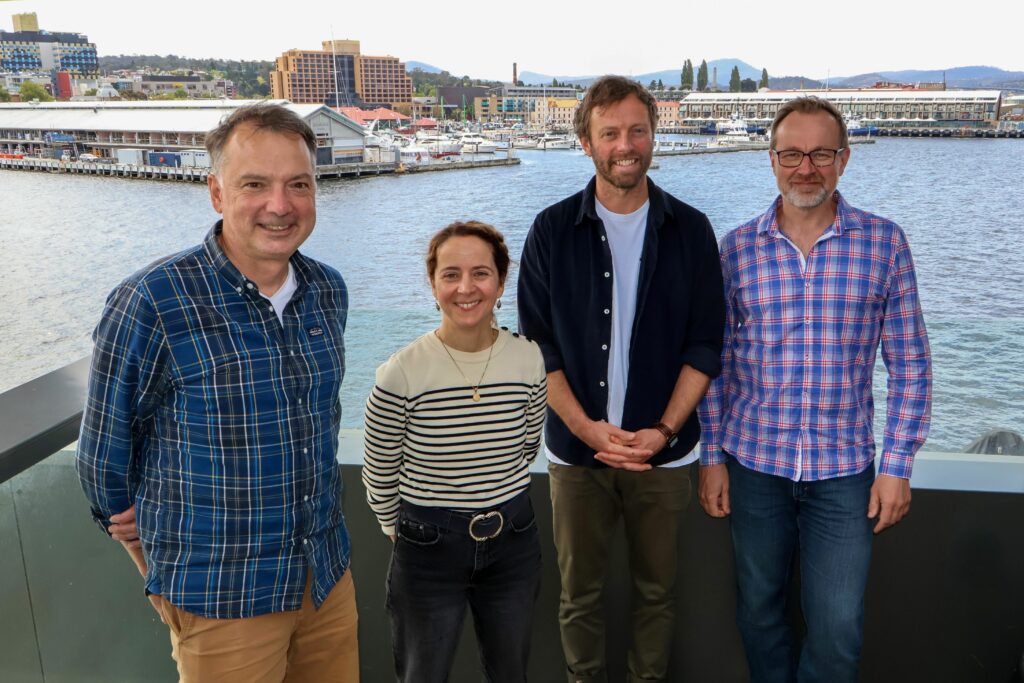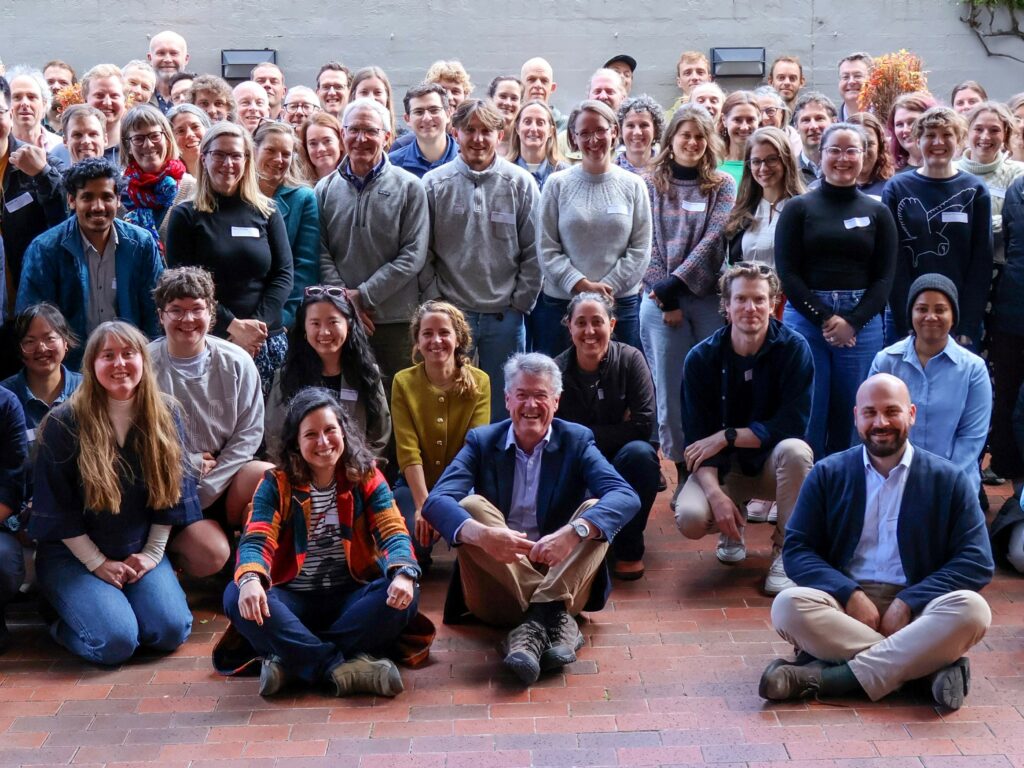Abrupt Antarctic changes could have ‘catastrophic consequences for generations to come’, experts warn
21 August 2025 — republished from Australian National University
Antarctica is at risk of abrupt and potentially irreversible changes to the continent’s ice, ocean and ecosystems that could have profound implications for Australia and beyond, unless urgent action is taken to curb global carbon emissions.
That’s according to new research published today in the journal Nature, from researchers at The Australian National University (ANU) and the University of New South Wales (UNSW) in collaboration with scientists from each of Australia’s major Antarctic research centres.
The research team argues the large and abrupt changes now unfolding in Antarctica are “interlinked”, putting even more pressure on the global climate, sea level and ecosystems.
According to the researchers, the West Antarctic Ice Sheet (WAIS) is at severe risk of collapse as global atmospheric carbon dioxide levels continue to rise. The collapse of the WAIS would raise sea levels by more than three metres, threatening the world’s coastal cities and communities.
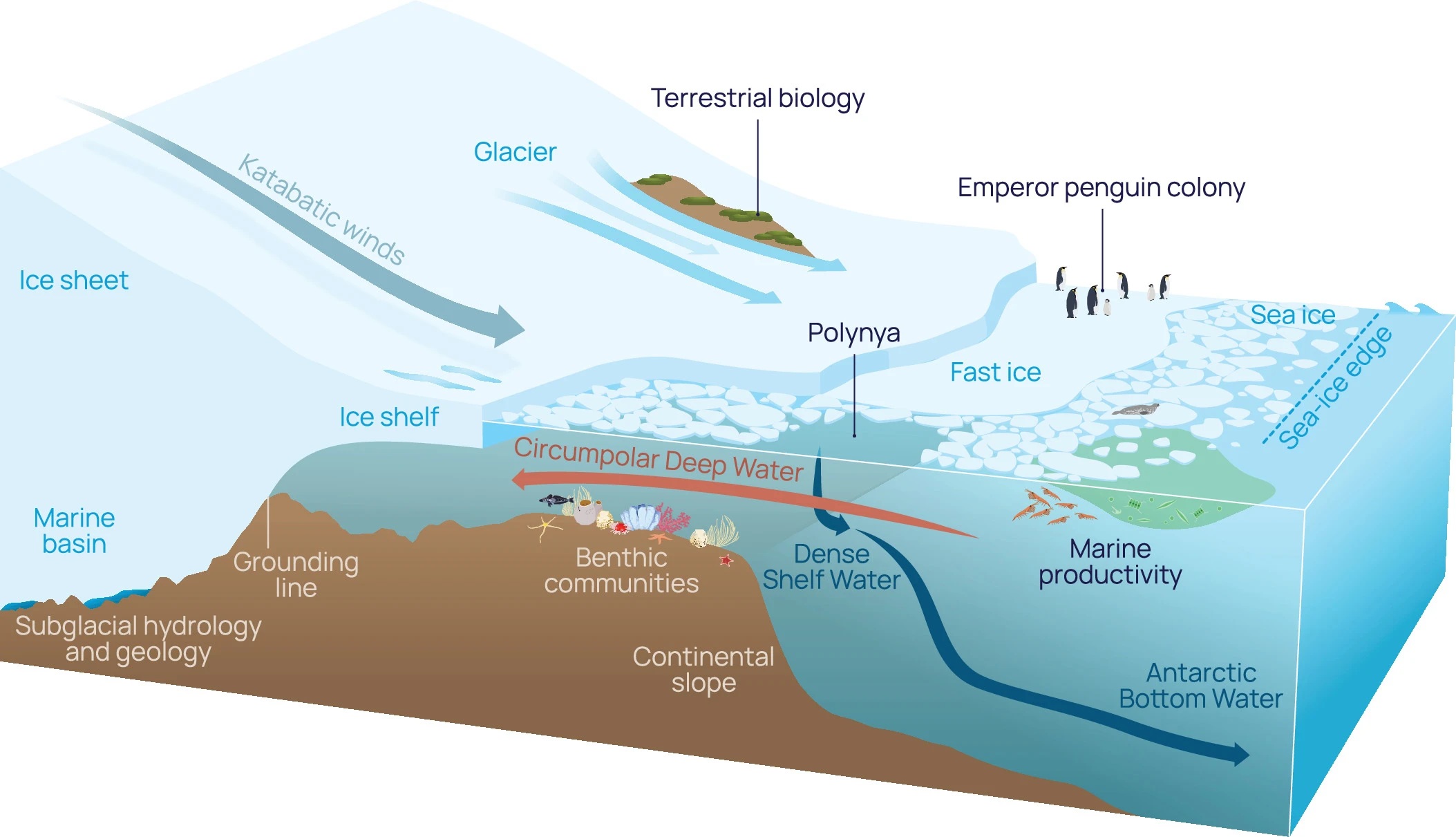
According to the study’s lead author Dr Nerilie Abram, who is the Chief Scientist at the Australian Antarctic Division (AAD), such a collapse would result in “catastrophic consequences for generations to come”.
“Rapid change has already been detected across Antarctica’s ice, oceans and ecosystems, and this is set to worsen with every fraction of a degree of global warming,” said Dr Abram, who carried out this work during her time as Professor of Climate Science at ANU.
“The loss of Antarctic sea ice is another abrupt change that has a whole range of knock-on effects, including making the floating ice shelves around Antarctica more susceptible to wave-driven collapse. The decline in Antarctic sea ice and the slowdown of deep circulation in the Southern Ocean are showing worrying signs of being more susceptible to a warming climate than previously thought.
“As sea ice is lost from the ocean surface, it is also changing the amount of solar heat being retained in the climate system, and that is expected to worsen warming in the Antarctic region.
“Other changes to the continent could soon become unstoppable, including the loss of Antarctic ice shelves and vulnerable parts of the Antarctic ice sheet that they hold behind them.”
Study co-author Professor Matthew England, from UNSW and the ARC Australian Centre for Excellence in Antarctic Science (ACEAS), said abrupt changes to Antarctica’s climate and ecosystems could have severe consequences for Australia.
“Consequences for Australia include rising sea levels that will impact our coastal communities, a warmer and deoxygenated Southern Ocean being less able to remove carbon dioxide from the atmosphere, leading to more intense warming in Australia and beyond, and increased regional warming from Antarctic sea ice loss,” Professor England said.
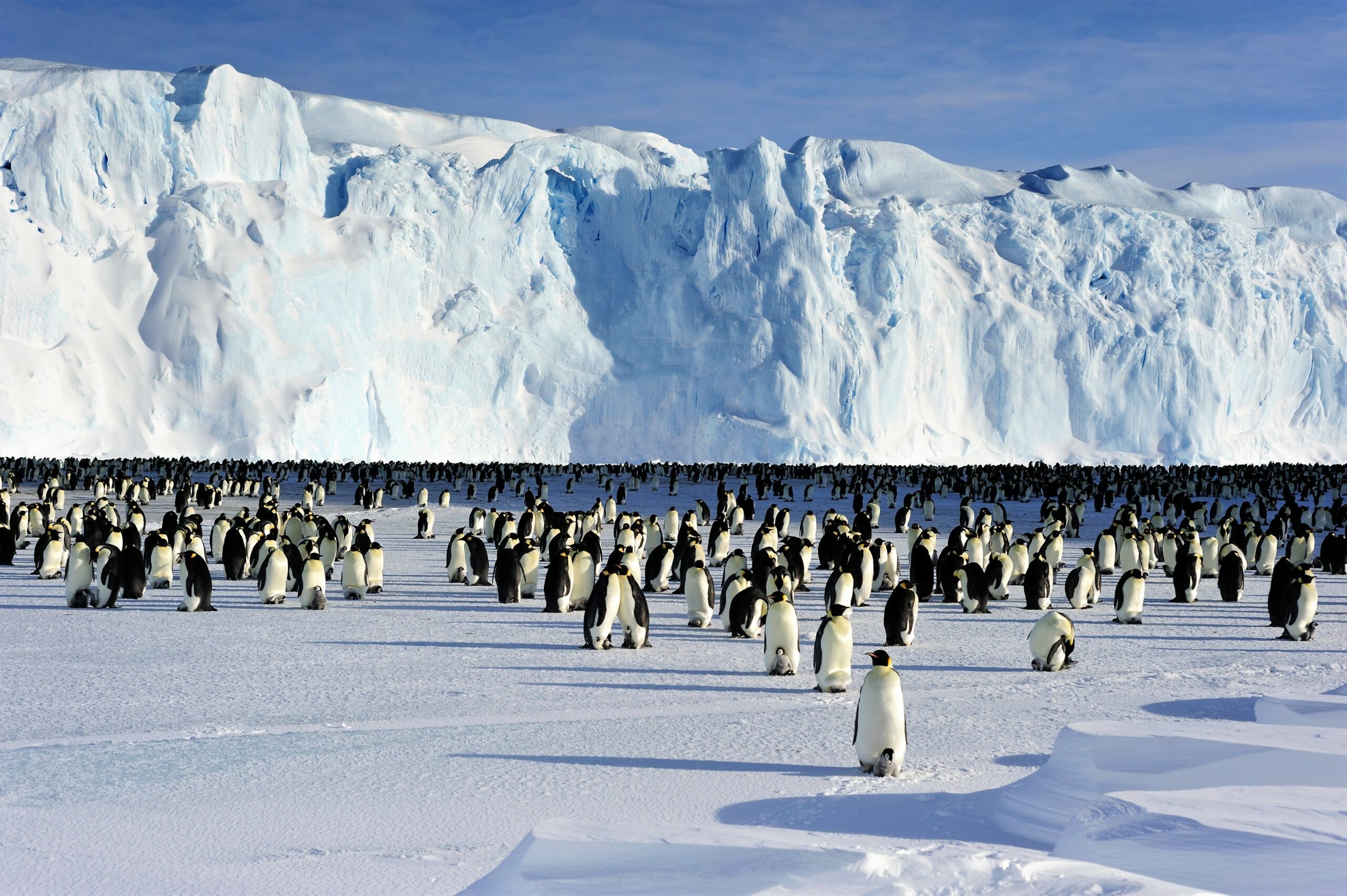
Changes to the Antarctic environment could also have devasting consequences on the region’s wildlife and ocean ecosystems.
“The loss of Antarctic sea ice brings heightened extinction risk for emperor penguins, whose chicks depend on a stable sea ice habitat prior to growing their waterproof feathers,” Professor England said.
“The loss of entire colonies of chicks has been seen right around the Antarctic coast because of early sea ice breakout events, and some colonies have experienced multiple breeding failure events over the last decade.”
According to the researchers, the adult survival or breeding capacity of krill and a number of other penguin and seal species are also at risk, while keystone phytoplankton species are becoming increasingly affected by ocean warming and acidification.
“Another potential risk is a collapse in the Antarctic overturning circulation, which would mean vital nutrients remain at the seafloor, instead of being recirculated back to the surface where biological systems, including marine animals, depend on them,” Professor England said.
Dr Abram said it was clear existing efforts through the Antarctic Treaty System to reduce pressures on Antarctic ecosystems won’t be enough on their own.
“While critically important, these measures will not help to avoid climate-related impacts that are already beginning to unfold,” she said.
“The only way to avoid further abrupt changes and their far-reaching impacts is to reduce greenhouse gas emissions fast enough to limit global warming to as close to 1.5 degrees Celsius as possible.
“Governments, businesses and communities will need to factor in these abrupt Antarctic changes that are being observed now into future planning for climate change impacts, including in Australia.”
This research involved an international team of experts including climate scientists from multiple Australian institutions and scientists from South Africa, Switzerland, France, Germany and the United Kingdom.
The work was led by the Australian Centre for Excellence in Antarctic Science (ACEAS) in collaboration with Securing Antarctica’s Environmental Future (SAEF), the Australian Antarctic Program Partnership (AAPP) and the Australian Antarctic Division (AAD). The research contributes to delivering the Australian Antarctic Science Decadal Strategy 2025-2035.
READ THE PAPER: Emerging evidence of abrupt changes in the Antarctic environment
Abram, N.J., Purich, A., England, M.H., McCormack, F.S., Strugnell, J.M., Bergstrom, D.M., Vance, T.R., Stål, T., Wienecke, B., Heil, P., Doddridge, E.W., Sallée, J.-B., Williams, T.J., Reading, A.M., Mackintosh, A., Reese, R., Winkelmann, R., Klose, A.K., Boyd, P.W., Chown, S.L. and Robinson, S.A. (2025). Emerging evidence of abrupt changes in the Antarctic environment. Nature, https://doi.org/10.1038/s41586-025-09349-5.

